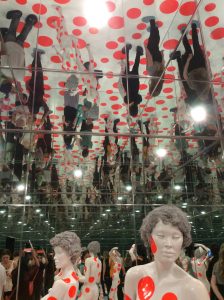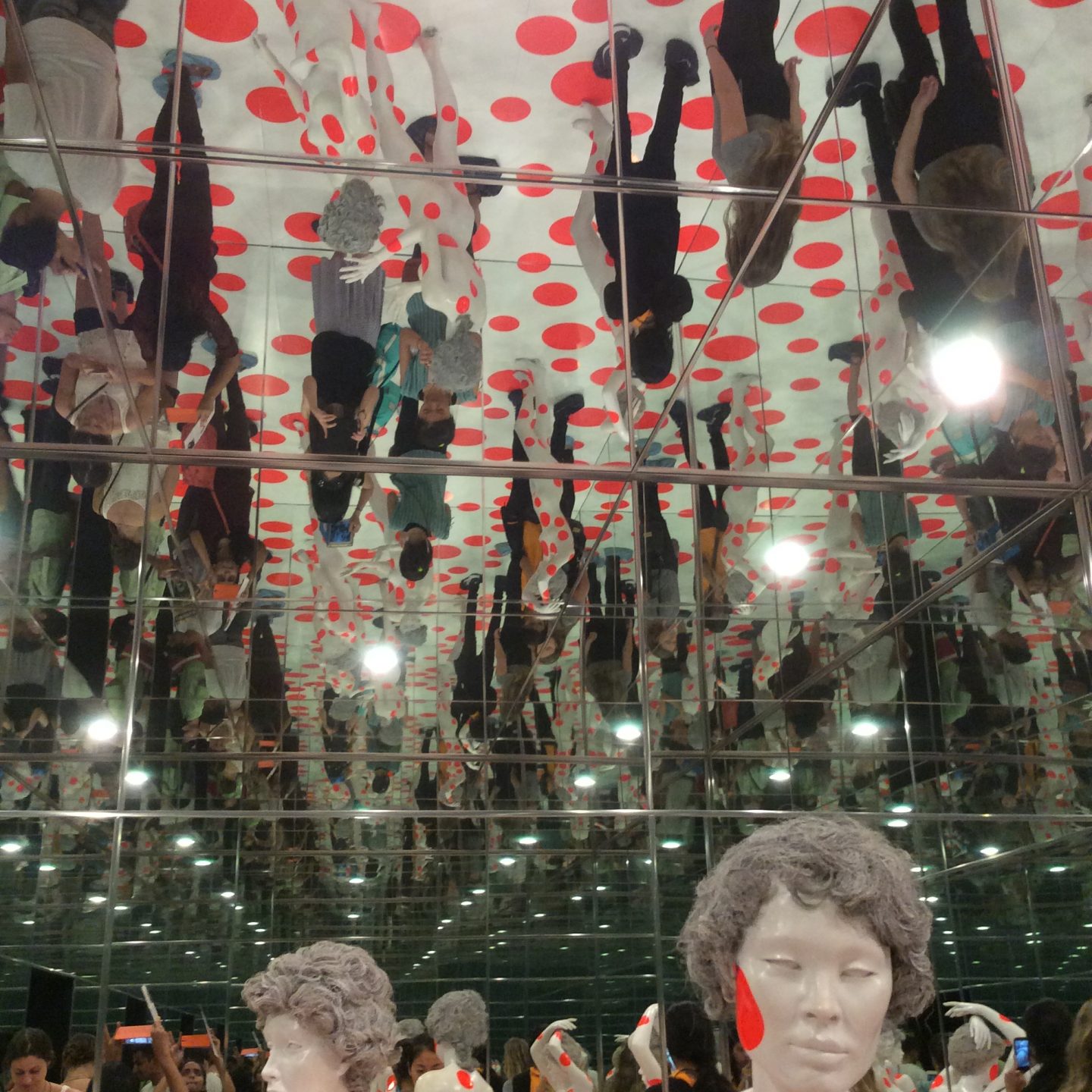
Infectious enthusiasm is the hallmark of a good teacher.
In the hands of an enthusiastic subject matter expert, almost any topic can transform into something interesting and relevant. The teachers I’ve learned the most from had deep enthusiasm for their respective subject matter—biology, medieval history, calculus.
But what if you love the unknown? I live for ideas, the big picture, the imagined future of technology and products. As I’ve unwrapped this over the years, I’ve learned that what I actually love is the challenge of balancing a vision with pragmatics. How do you get from what’s known to the unknown? It’s this question of “how”—the pragmatic dreaming—that has always fueled me.
It may sound overly simplistic, but people (in software terms, users) have been the “how” for me. Studying, understanding and finding connections between users grounds me in what’s real and helps me figure out that blurry in-between. Perhaps it sounds naïve, but to this day, I find it incredible just how much I can learn simply by asking, listening and observing. My hope is that I can show others the power of this; that some essence of my enthusiasm for “knowing thy user” rubs off on them, as well as the tools, techniques and theory behind it. My grander hope is that they also walk away with their own understanding of “how”—their own way of bridging the realm of what’s been designed before and what the design of the future may be like.
This practical side of learning therefore plays into my teaching. I’ve long held a deep appreciation for tempering theory with hands on, experiential learning. In my own education, I had often found that the experience itself, coupled with the theory, was more likely to become well-cemented and enduring in my mind.
I found this to also hold true in the professional world—not just in my own learning, but for those I needed to teach as well. Those who work in the field of User Experience design often share a similar, seemingly apocryphal tale: The skeptical stakeholder who firmly believes that user research and iterative design to be a waste of time. That is, until this individual steps behind the two-way glass, only to be stunned by how real users behave and what they say. This story has unfolded for me countless times, all with different people, contexts and products at the helm. Each time tends to end with a new convert!
Even when working with those within the field—those whom I have directly managed or designers-in-training—nothing seems to trigger a lightbulb moment as well as the direct experience. The power of experiential learning, especially one that can be correlated to a “real world” problem, has stuck with me over the years. This has greatly influenced my approach to teaching.
I look to teach those who are curious but perhaps not yet believers in user-centered design. In training materials I have facilitated for non-designers, as well as the curriculum that I developed for my own classes, I have concentrated on creating projects and materials that allow students to experience for themselves how to study users, conduct iterative design and validate their design. Many come to value the benefit of these basic design principles on their own terms and become believers.
In the end, I hope that through learning the theory, as well as putting the theory into practice, my students can experience something that is meaningful to their future endeavors, regardless whether they continue to use it in practical terms or simply need to understand the theory before moving onto their own discipline. But that ultimately I can impart ideas that will continue to inform and be built upon further after they leave my classroom.

